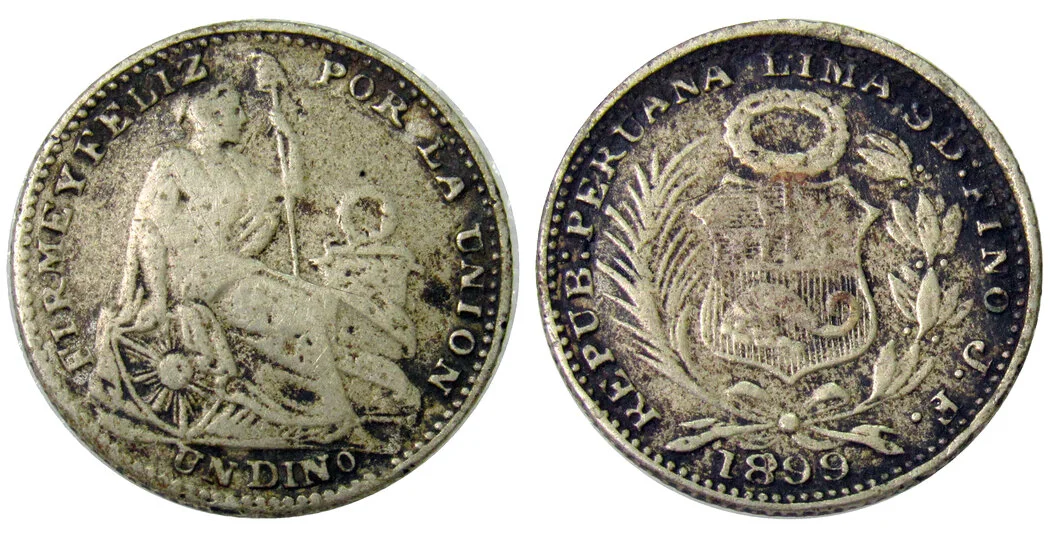A decade ago, a funny money mystery fell into the hands of scientists and students at a university in Peru. The 10-cent piece was marked “1899” — but, according to those who made the money, the coin denomination never existed.
https://heritagesciencejournal.springeropen.com/articles/10.1186/s40494-023-01092-2 (open access)
Tl;dr: counterfeits
Results are consistent with a cast counterfeit coin made at the turn of the 19th and 20th using a copper base alloy that was silver-platted to pass unnoticed among the public.
Figured that in the paywalled article, confirmed in the open article.
Well that was pretty obvious. What else would the explanation be, it’s from a parallel universe? They’ll make an article about anything weren’t they.
What’s with this Dateline-style reporting in the NY Times? If I wanted subpar stories, I’d watch Netflix.
The article would have been better if they’d explored how making a 10 cent coin was profitable to counterfeiters, especially when the craftsmanship would seem to indicate they had the skills to do so much more.
If it’s 1905, inflation would suggest that a dime might have been worth it. I believe this story is in Peru as well, so that’s another layer to how a worldwide audience might not be able to parse the value of the coin.
Edit: an inflation calculator I just consulted said a dime in 1913 is worth about $3.25 today. But then again you can imagine how $3USD might get you further in Peru than NYC today.




